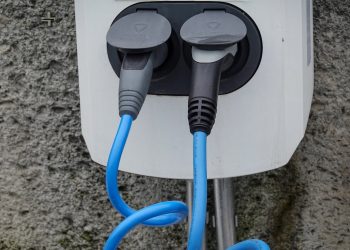In the 19s, the automotive market in Senegal faced a challenging year, experiencing a decline of 5.8% in sales and overall performance. This downturn had a significant impact on the industry, which had been showing promise in previous years. We will investigate the key factors contributing to this decline, examining the economic, regulatory, and market dynamics that shaped the Senegal automotive sector 19s.
Economic Factors at Play
The Senegalese economy plays a crucial role in determining the health of its automotive market. Economic challenges, including currency devaluation and inflation, affected consumers’ purchasing power. As a result, many potential car buyers postponed or canceled their purchases, decreasing overall vehicle sales.
Regulatory Changes
The regulatory landscape in Senegal experienced notable shifts in the 19s. Changes in import duties, taxes, and emission standards directly impacted the cost of owning and operating vehicles. We will explore how these regulatory changes influenced consumer behavior and automakers’ strategies in the market.
Competitive Landscape
Senegal’s automotive market is highly competitive, with local and international manufacturers vying for market share. In 2019, we saw intensified competition as companies launched new models and expanded their presence. However, despite these efforts, the overall market experienced a decline, raising questions about the effectiveness of these strategies.
Consumer Preferences
Understanding consumer preferences is critical to any market analysis. In 2019, Senegal saw a shift in consumer preferences towards more fuel-efficient and eco-friendly vehicles. We will investigate the reasons behind this trend and its impact on the market.
Future Prospects and Recovery
Despite the challenges faced in the 19s, the Senegal automotive market remained resilient. After this article, we will discuss the potential for recovery and growth in the coming years, highlighting areas where the industry can focus to regain momentum.
Conclusion
The Senegal automotive market’s 5.8% decline in the 20s resulted from economic, regulatory, and market factors. While it faced setbacks, there are opportunities for recovery and growth. By addressing financial challenges, adapting to regulatory changes, understanding consumer preferences, and enhancing their competitive strategies, automakers can look forward to a brighter future in Senegal’s automotive sector.







